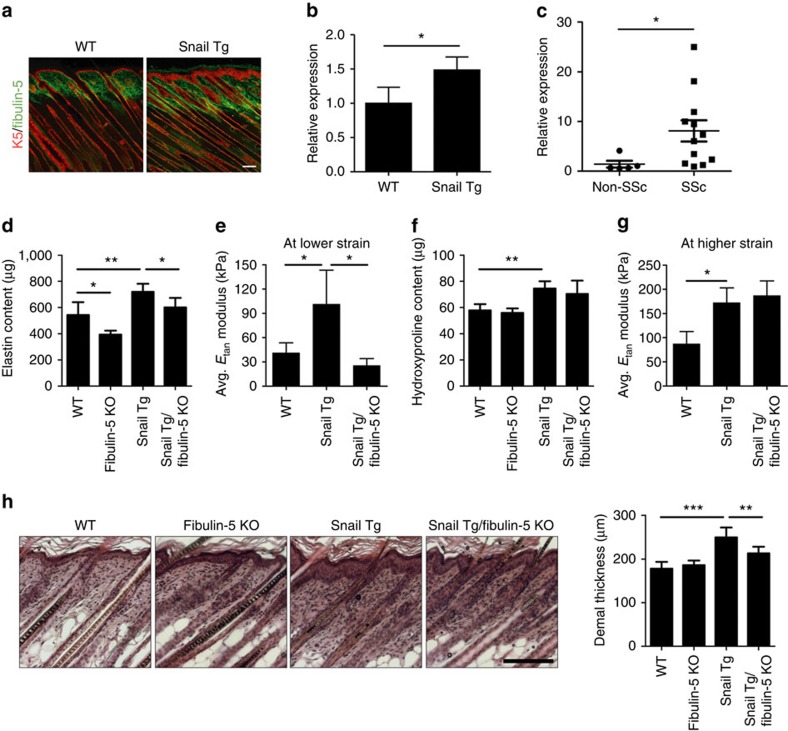Figure 2. Fibulin-5-mediated elastic fibre accumulation contributes to tissue stiffness.
(a) Skin sections from P9 mice were subjected to immunofluorescence for Fibulin-5 (green) and keratin 5 (K5; red). Scale bar, 100 μm. (b) Fibulin-5 protein levels following normalization with tubulin levels (Supplementary Fig. 1b). (c) Fibulin-5 gene expression in human systemic sclerosis skin (SSc, n=12) and healthy skin (non-SSc, n=5). Data represent mean±s.e.m. *P<0.05. (d) Content of elastin extracted from the P9 whole skin. (e) Average tangent modulus of P9 skin at lower strain (0 to 10% strain). (f) Content of hydroxyproline extracted from P9 whole skin. (g) Average tangent modulus of P9 skin at higher strain (20 to 30% strain). (h) Haematoxylin and eosin-stained P9 skin sections. Scale bar, 100 μm. The right bar graph shows the quantitation of dermal thickness. Unless otherwise noted, all data represent mean±s.d. of at least six samples, where *P<0.05, **P<0.01 and ***P<0.001. (c,d,f,h) Statistical analyses were performed by the unpaired Mann–Whitney U-test. (b,e,g) Statistical analyses were performed with Student's t-test.

